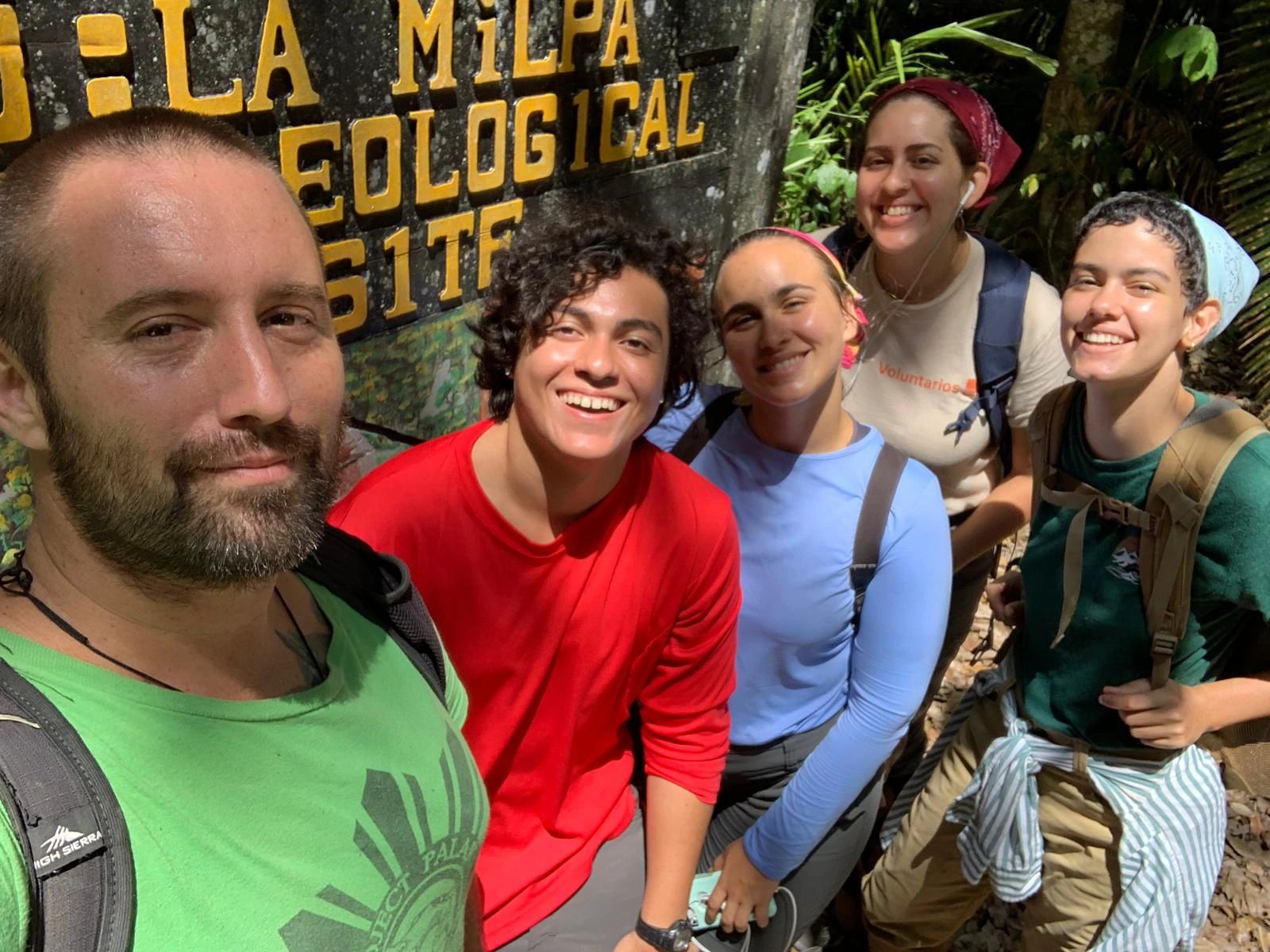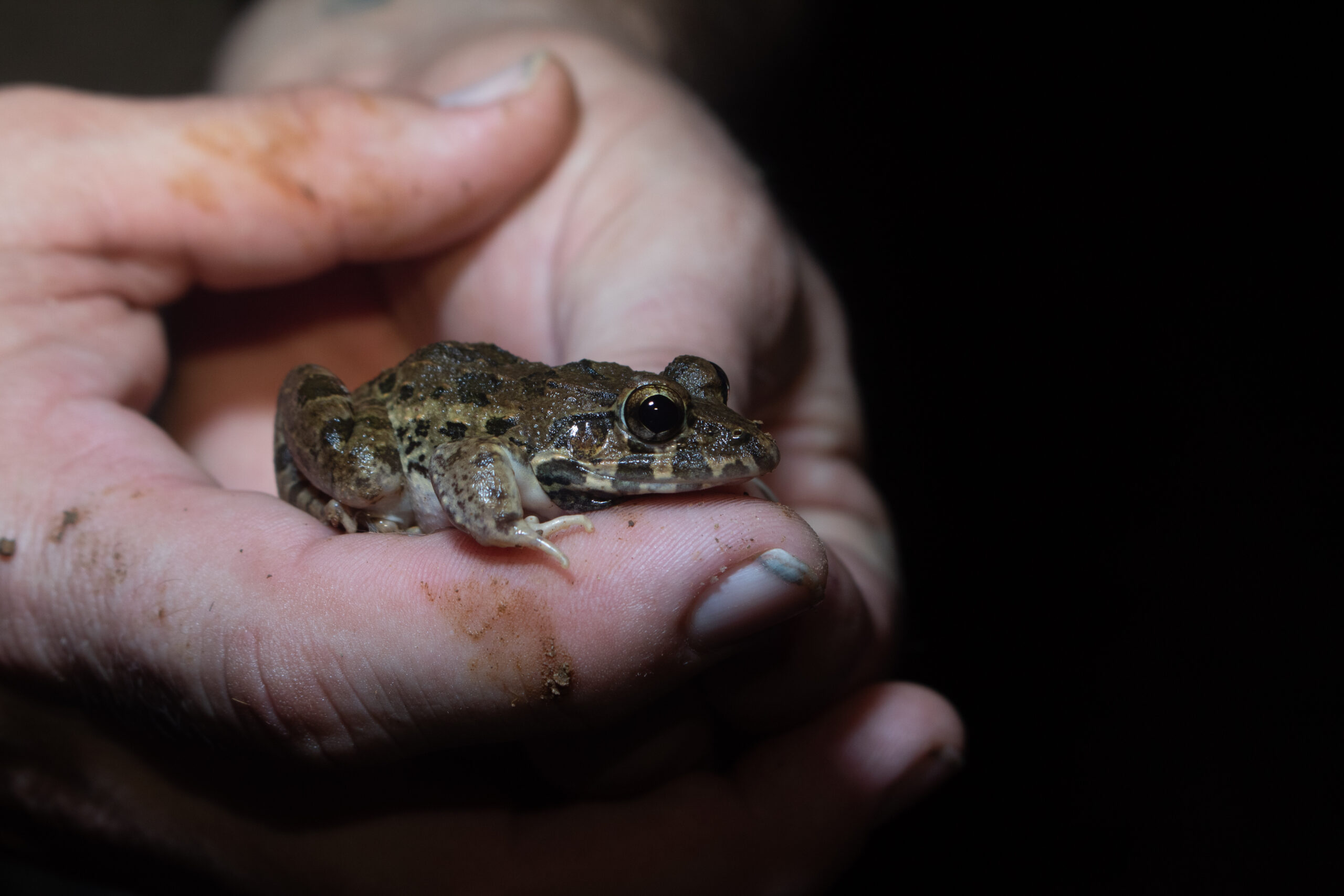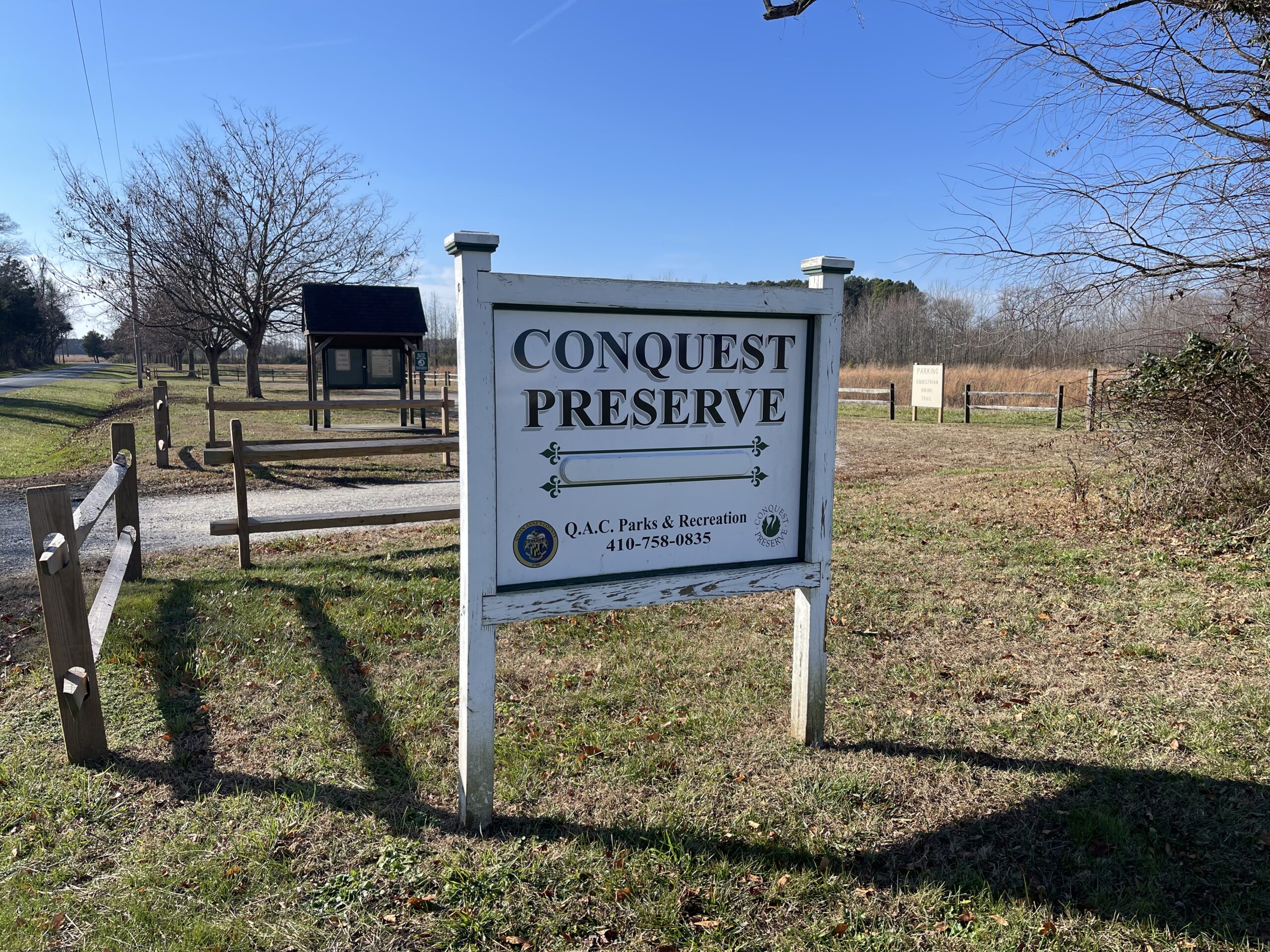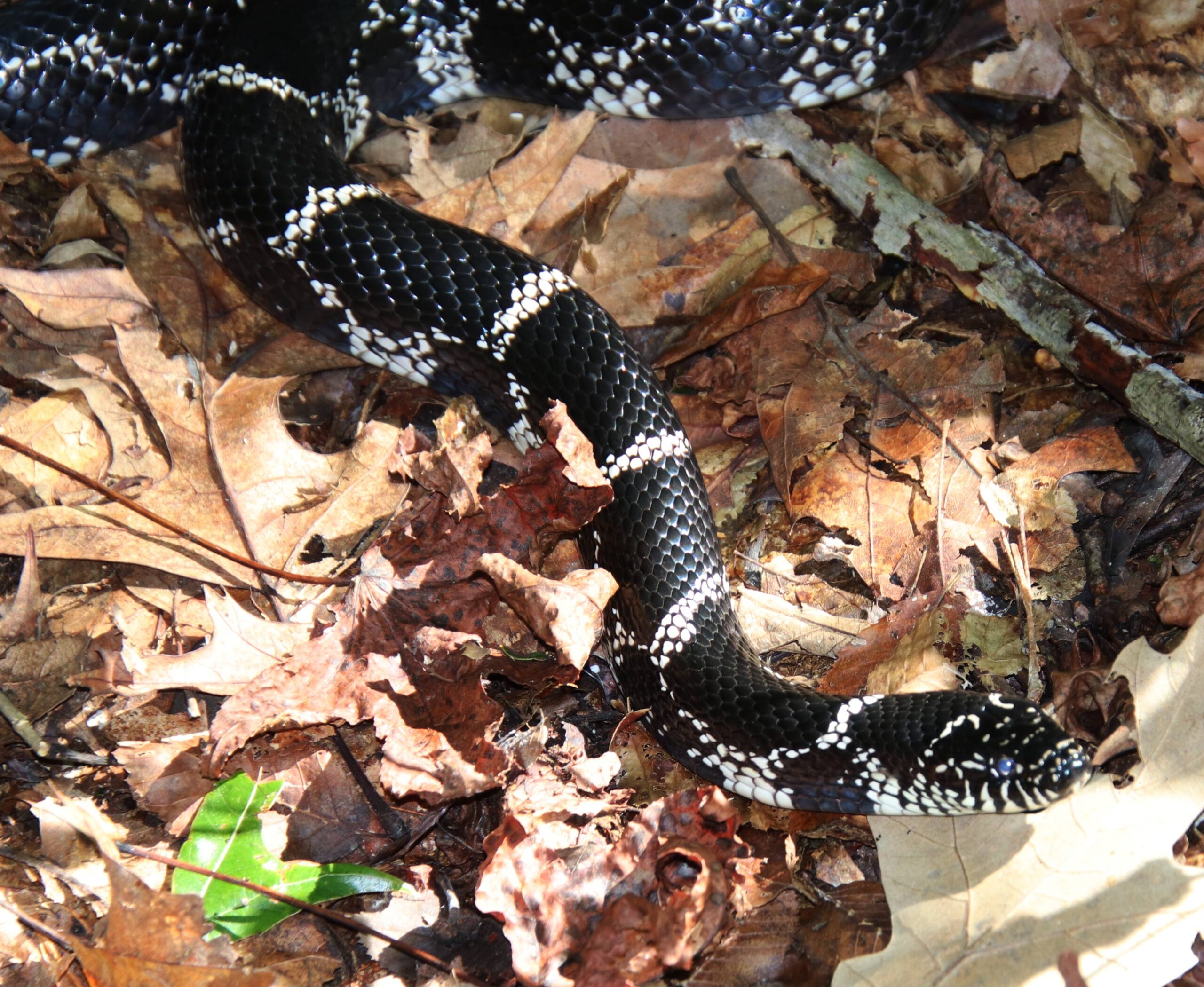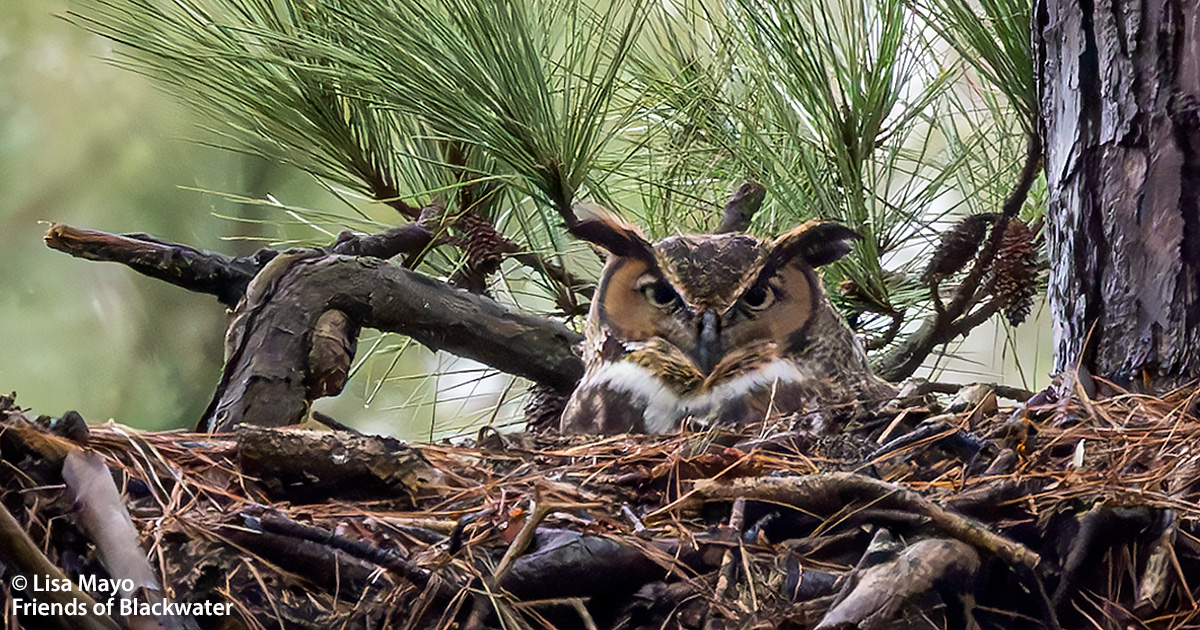
In 2020, the Spy published a story about Blackwater National Wildlife Refuge (NWR) that began like this: This was supposed to be a story about eagles. We were going to cover the installation of a camera above an eagle’s nest at the Blackwater National Wildlife Refuge (NWR) in Cambridge, one that would follow the progress of an eagle couple returning to their nest.
Well, this story is now about owls. Maybe.
————-
Fast forward to 2024, and we can update that story, which is now definitely about owls, particularly a nesting Great Horned Owl (GHO) couple expecting the hatching of their two eggs!
To catch up: The Friends of Blackwater (FBW) put up a streaming cam in 2020 to follow the goings-on of a busy eagle’s nest. Unfortunately, the eagles abandoned it at that point (except for an occasional visit now and then). The owls, too, have come and gone, but the rental remained vacant.
Until this year!
“We have a female owl that has been teasing us every year, coming and sitting on the nest and never laying any eggs,” said Lisa Mayo, webmaster for FBW. “She would mimic all the behaviors of an incubating female sitting on eggs. She would look down under herself as if tending eggs, rock back and forth with her brood patch against the nest, but there was nothing there.”
The behavior was repeated winter after winter, to the point that everyone gave up on any ‘egg action.’
This year, the teasing stopped, and two viable eggs appeared!
“One of our cam watchers alerted us, and Lisa went back and grabbed the video from it. When she gets up at night, you can see the two eggs pretty clearly,” said Bob Quinn, who manages the IT equipment for the cams.
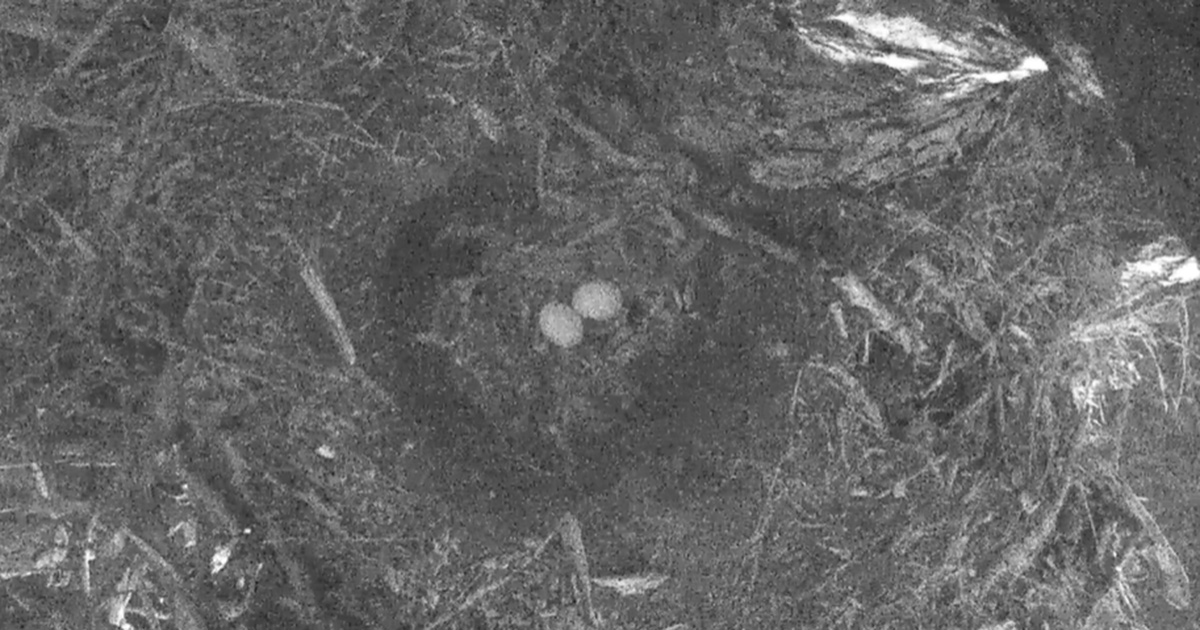
Quinn, who retired as the IT Infrastructure Manager for the Consumer Financial Protection Bureau and is now a volunteer at NWR, describes the technology behind the live cam. “We use a PTZ Cam, (pan/tilt/zoom). I can move it vertically, around 360 degrees, to capture various angles,” Quinn explains.
Unlike ospreys, who take turns sitting on the eggs, the female GHO does all the incubating. “We’ve never seen the male change places with her,” Quinn said.” “We have seen her leave for a few minutes and come back. Maybe because the male hasn’t delivered enough food, and she went out for a snack.”
Given their nocturnal nature, cam viewers don’t often see the type of food the male brings to his mate, but it is probably consistent with their diet of mainly small mammals – mice, voles, muskrats, and snakes. Whatever it is, chances are these owls had no problem in their hunt. According to Quinn, great horned owls are apex predators, meaning they are at the top of the food chain. “They’ll take out an eagle. They’re silent fliers and come in from behind. So they’ll fly in and dig their claws into everything, including a larger bird. They’re extremely efficient hunters.”
The big question now is whether these eggs are viable after years of no production from this site. Mayo says it’s hard to know if this is the same couple that’s been teasing them annually. “We can just assume, based on their behavior, it’s likely the same couple. But we can’t guarantee it because we don’t tag these birds.”
The experts are uncertain about the owl’s behavior, theorizing that she is either a new parent or an older owl reaching the end of her reproductive time. “We’re not sure – there are many gaps in the story because you can’t interview them down at the nest!” Mayo said.
A GHO egg incubates for approximately 30-37 days, and the second egg was first seen on February 2nd. Expectations are that the first hatch will happen around the end of this week – beginning of next week (February 28th). “We’ll definitely be watching even more closely then,” said Mayo. “Just to be able to keep folks updated.”
Volunteer cam watchers always notify Mayo if they see anything interesting happening at the nest. Quinn also monitors the cams even when at home. “I have two screens on my computer in my bedroom. And I keep it up on one of the screens. So that if something happens, like it goes out of focus, I can go in and refocus it. Or if I see an event, I’ll notify Lisa so she can grab the video.”
Motion detectors are also set up as an alert system. Maintaining live cams for a wildlife refuge has its challenges, especially when relying on solar power and rural internet connectivity. Quinn related instances of lost video feeds, sound issues, and inclement weather causing disruptions. “We’ve had some problems where we’ve lost the sound. And it turned out that a piece of equipment got fried, and we had to go out and replace it,” he said.
Obviously, major issues have required some hands-on triage. “We’ve had to go into the woods and reboot.” However, should anything happen while there are nesting birds, they would not be disturbed until after the fledglings have left.
There are currently five live streaming cameras: Two on the Eagle’s Owl’s Nest, an Osprey Cam, a River Osprey cam, and a Waterfowl Cam in the middle of the field, which spins around showing various views of migratory birds during different times of the year. The costs of the live streams are covered by FBW rather than the federal government or wildlife refuge.
Looking ahead, the chances of the owls returning next year seem slim. GHOs don’t build their own nests but take over other birds’ old nests. “Sometimes they’ll make a nest cut out on a rock formation – anywhere that’s convenient,” said Quinn. Unlike eagles, who invest in maintaining sturdy nests and return to them annually, owls trash their seasonal sites. “It’s common that the nest never gets used again,” Quinn added.
In fact, the borrowed eagle nest that currently houses the GHO pair is deteriorating from lack of maintenance over successive winters. Mayo is cautiously optimistic, hoping that if the chicks hatch successfully this year, the nest will hold up long enough for them to fledge successfully.
“Hopefully not this season, but I envision that the nest will eventually form a hole, or part of it will sink, or it may fall out of the tree,” she said. “It’s hard to know what will happen, but something will happen because these owls are not making any effort to strengthen it. It’s not in their behavior.”
For now, all eyes are on Mama GHO as the baby watch begins. But being part of this wildlife reality comes with a disclaimer: “Our cameras display raw, unfiltered nature that might include wildlife interactions and weather calamities that we cannot control. We have a no-intervention policy, as we are just observers.“
Still, how can we resist a front-row seat to nature’s real-life reality show?



